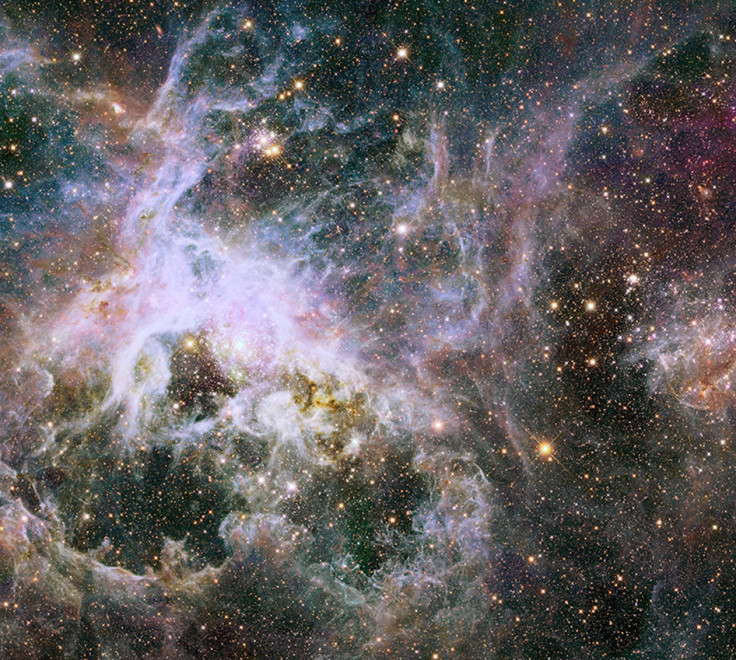Search for Alien Life to Look for Pollutants Using Webb Telescope

The search for alien life has been largely based on molecular signatures of oxygen and methane, arising from organic life. How about looking for other signs as may come from an industrially advanced civilisation? Why not look at pollution from these civilisations?
Scientists are hoping that the upcoming James Webb Space Telescope (JWST) should be able to detect two kinds of chlorofluorocarbons (CFCs) — ozone-destroying chemicals used in solvents and aerosols.
It is expected that the JWST can pick up signals of CFCs if atmospheric levels of the pollutant are 10 times those on Earth. The surmise here is that a very 'advanced' civilisation will intentionally pollute the atmosphere to induce warming on an otherwise cold planet!
The JWST can only detect pollutants on an Earth-like planet circling a dead star, or what is known as white dwarf. With no interference from the star, the signal will be strong.
The team believes a white dwarf might be a better place to look for life than previously thought, since recent observations found planets in similar environments. Those planets could have survived the bloating of a dying star during its red giant phase, or have formed from the material shed during the star's death throes.
Looking for CFCs can not only pick existing life but also what has been extinguished. This is because some pollutants can last for 50,000 years while some others a mere 10 years. Knowing the difference allows scientists to deduce which civilisation exists and which has been annihilated. Or, that a wise civilisation annihilated the pollutant! In the latter case, it can serve as pointers to us on earth regarding which pollutant we should best avoid, said the team.
This work has been accepted for publication in The Astrophysical Journal.
Finding pollution on an Earth-like planet orbiting a Sun-like star would require an instrument beyond JWST—a next-next-generation telescope like Nasa's Advanced Technology Large-Aperture Space Telescope (Atlast).
The Hubble Space Telescope launched in 1990 has been peering into dark space and sending home valuable data. But this is restricted to the optical range. While it can resolve astronomical objects with a resolution 20 times better than ground-based telescopes, it has limitations. For one, it cannot look directly at the sun as the heat can fry its instruments. As it is pointed away from the sun, it cannot look at stars close to the sun. Often the earth becomes an obstacle in the path of certain observations.
Near infrared light capabilities and a primary mirror collection area which is five times that of Hubble confers many advantages on the James Webb Space Telescope which will also be placed at a greater distance to earth. To be launched in 2018, the Webb telescope will be joined soon by Atlast.
Together, they can sniff out pollutants in worlds light years away.
© Copyright IBTimes 2025. All rights reserved.





















